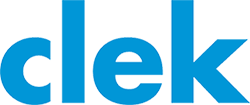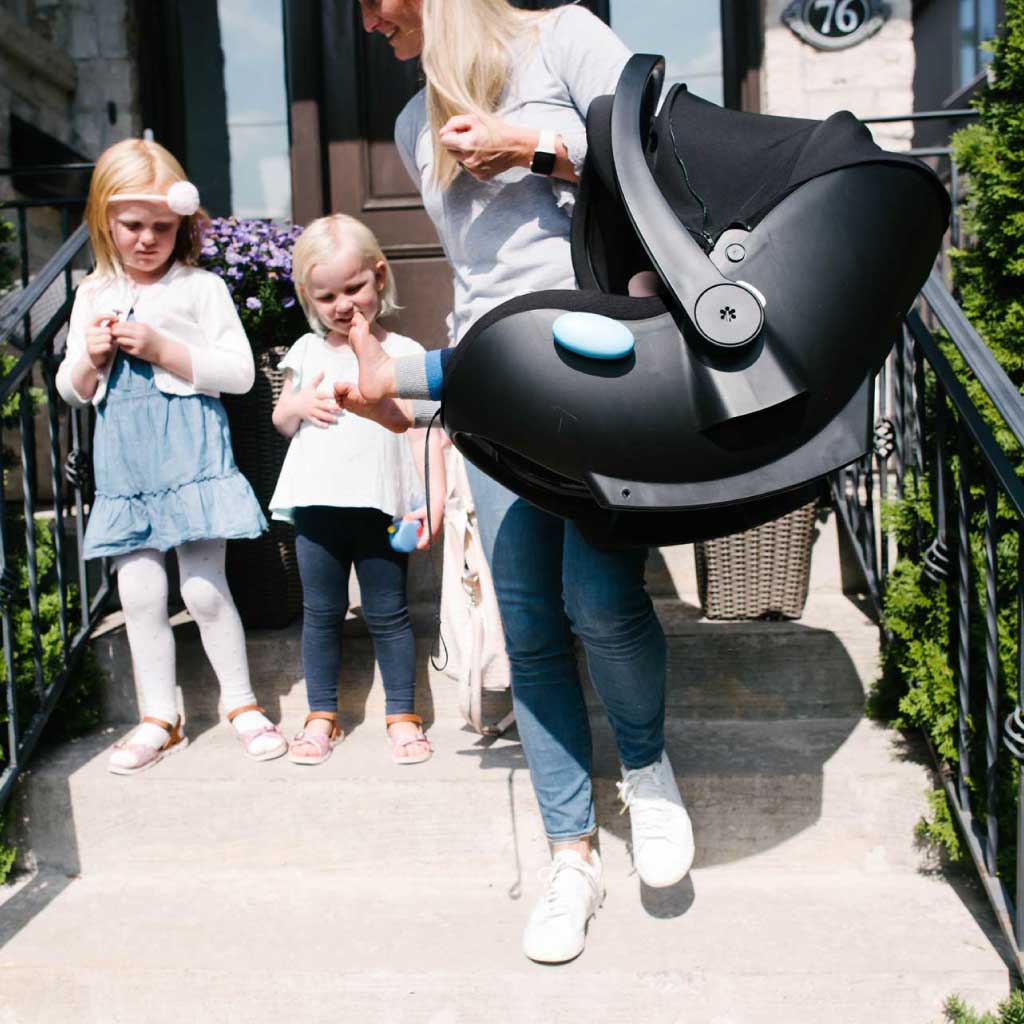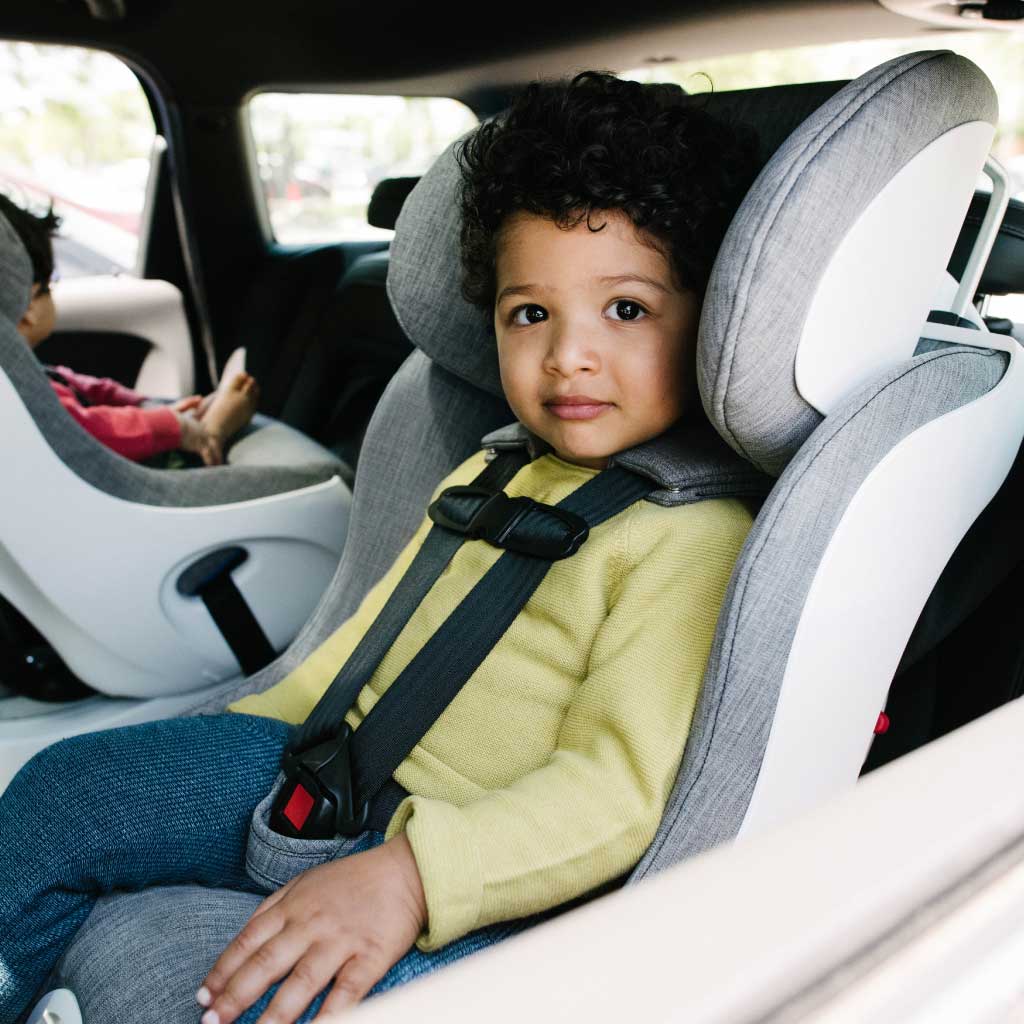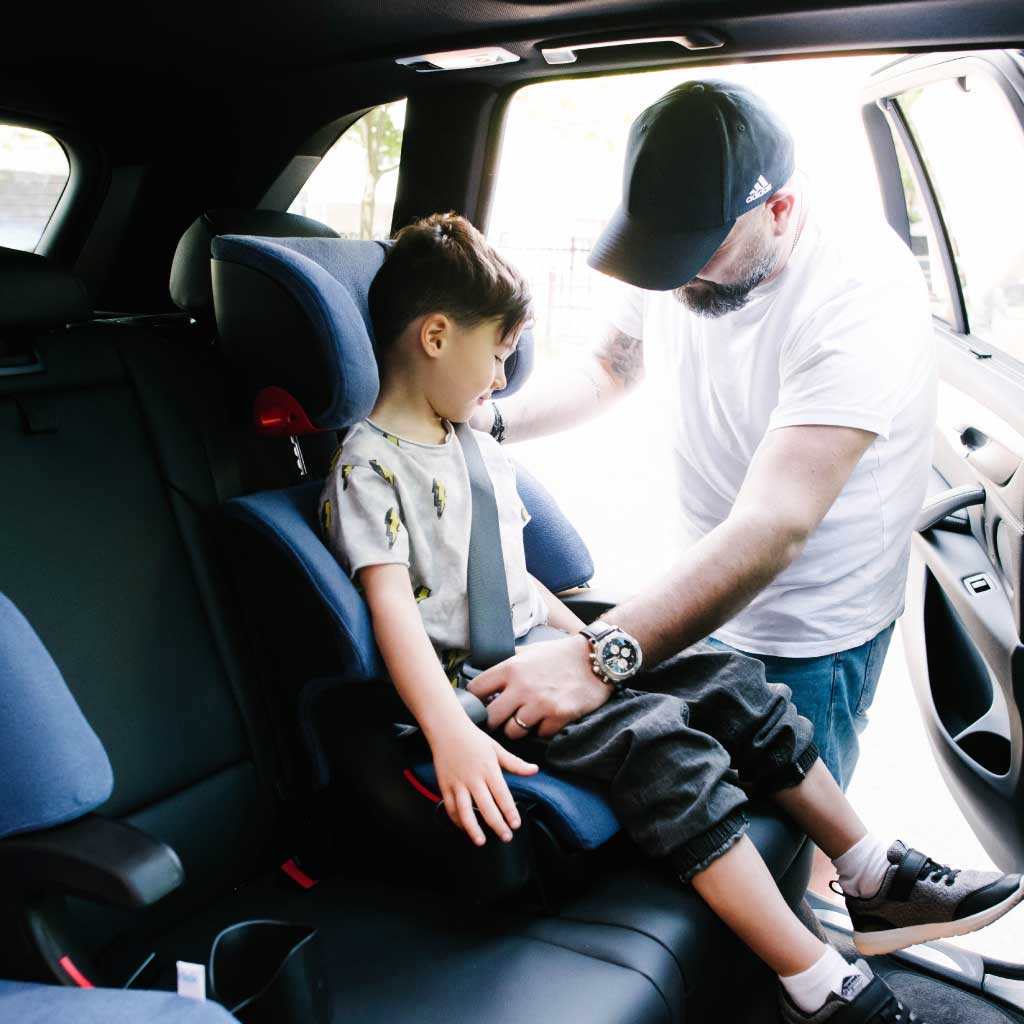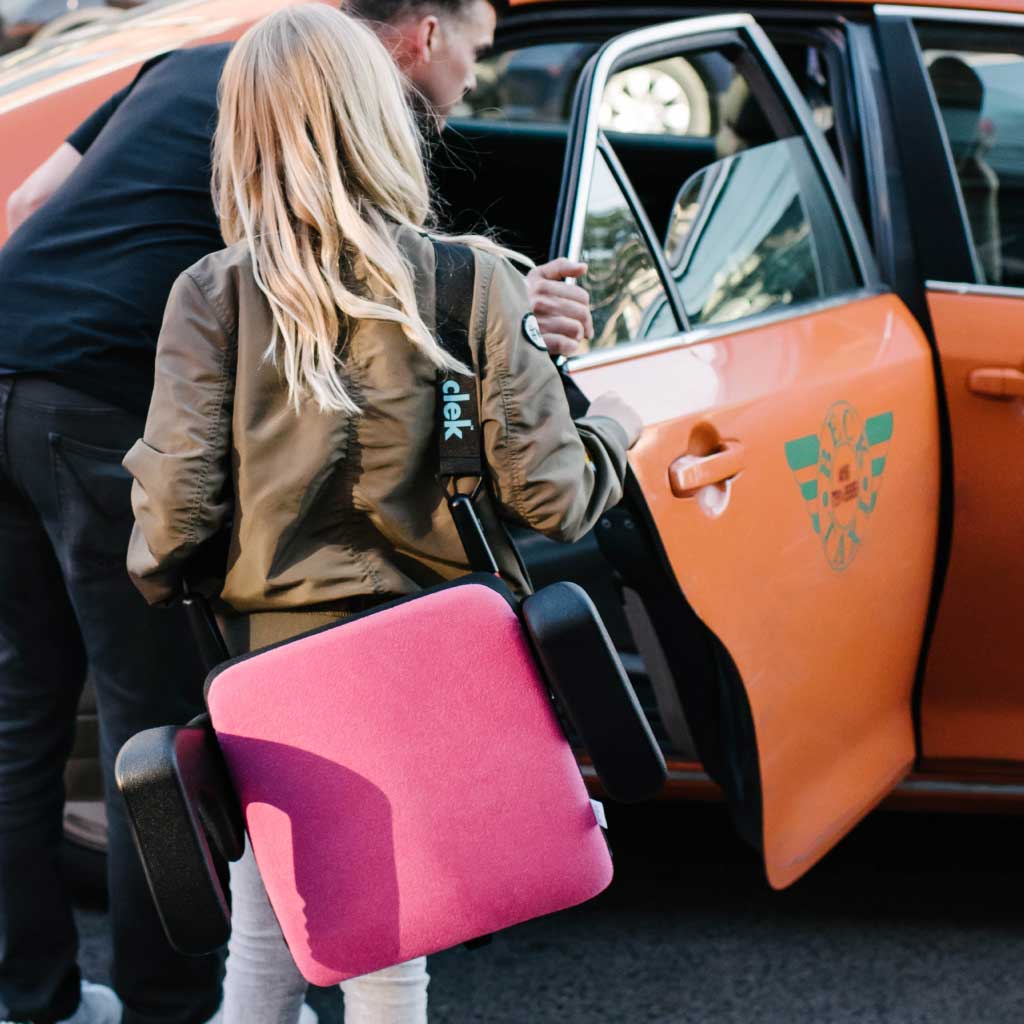Do NOT cross border shop car seats.
It can be tempting to purchase a car seat from another country. Perhaps you’ve found lower pricing, or an innovative safety feature that isn’t currently available in your country. You may even have family across the border that could make things easy.
Don’t do it. Here are just a few of the reasons why:

Different Warning Labels
Each country has specific warning statements (and languages) required under their respective federal laws. For example:
- Canada requires English and French. US requires English only
- The US has a set LATCH weight requirement. Canada does not.
Canadian seats require a National Safety Mark. This sticker confirms that the company (each company is assigned a unique number) has demonstrated that their child seat or booster seat meets the applicable Canadian safety standard.

Dynamic (Crash) Performance Requirements
Each country has slightly different dynamic (crash) testing requirements. Some differences include:
- Canada has a rebound requirement for rear-facing seats. The US does not.
- The US requires forward-facing harnessed seats be compliant when installed both with and without a top tether. In Canada, you cannot use a forward-facing harnessed seat without a top tether.

Different Min/Max Usage Requirements
Each country has different minimum and maximum usage requirements. For example:- You cannot use a booster seat in Canada for children weighing less than 40lb. Booster seats can meet the standard at 30lb in the US.
- In the US, you can certify a harness seat beyond 65lb. In Canada, you can only certify a harness seat for children weighing up to 65lb.
Different Test Protocols
Each country has different test protocols. For example:- Canadian compliance testing runs at the higher end of the crash pulse corridor. This means that the acceleration and deceleration speeds used during crash testing are a little more aggressive.
- In Canada, compliance testing is required for use with a load leg and with the load leg in the stowed position (for seats equipped with a load leg). In the US, it is incumbent on the manufacturer to ensure the seat is safe when used with a load leg, but is not part of compliance testing.
- In Canada, compliance testing for infant seats (with a max weight requirement that exceeds 22lb) must be completed with both the 12-month test dummy and 3-year-old test dummy. In the US, compliance testing for infant seats (with a max weight requirement that exceeds 22lb) does not require compliance testing with the 3-year-old test dummy.
Fortunately, Clek car seats have been designed to meet both the US and Canadian performance requirements, and are identical seats – other than the required labels and manuals. This means that both our Canadian and American customers enjoy the same best-in-class safety performance and features.
If you are travelling to another region with your car seat short term, just ensure that you are aware of the local rules and be sure to restrain your child according to them – for example, some states have laws that require a child ride rear-facing to at least age 2. However, if you are moving countries you need to ensure your car seat is certified to that country. Clek owners can contact our customer service department if you require updated labels or information to change your seat from a Canadian seat to a US seat or vice versa.
